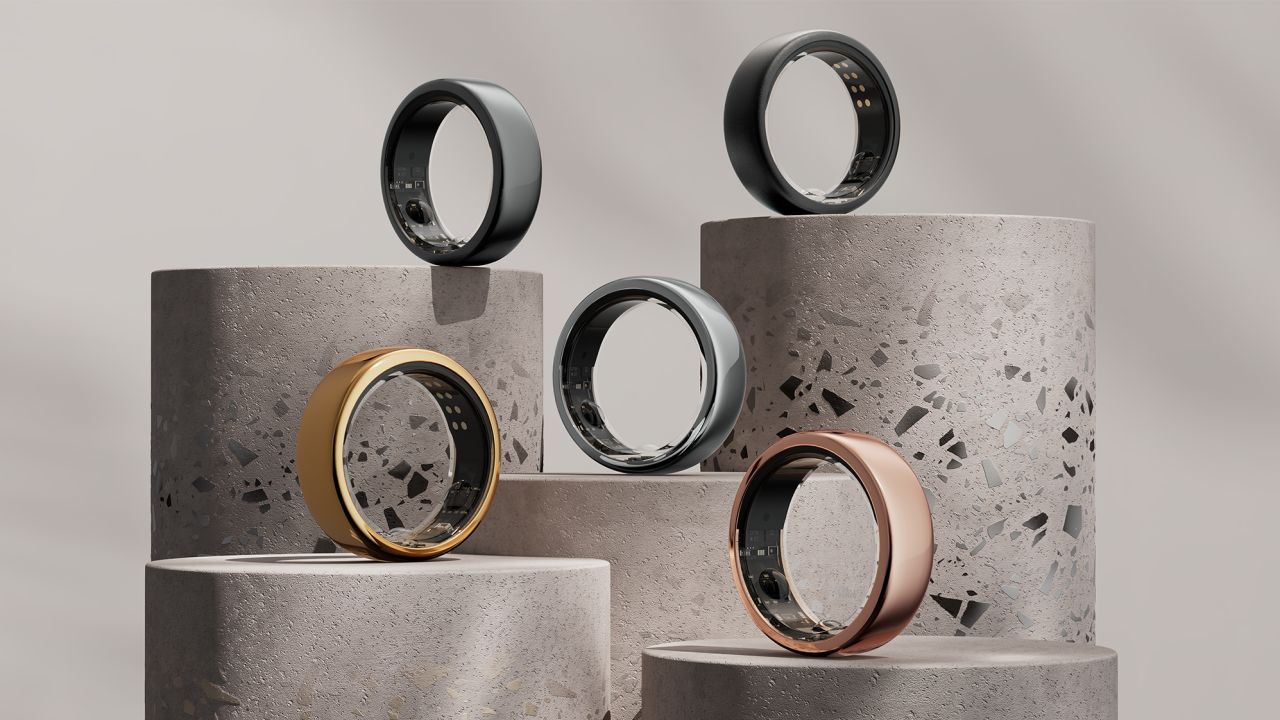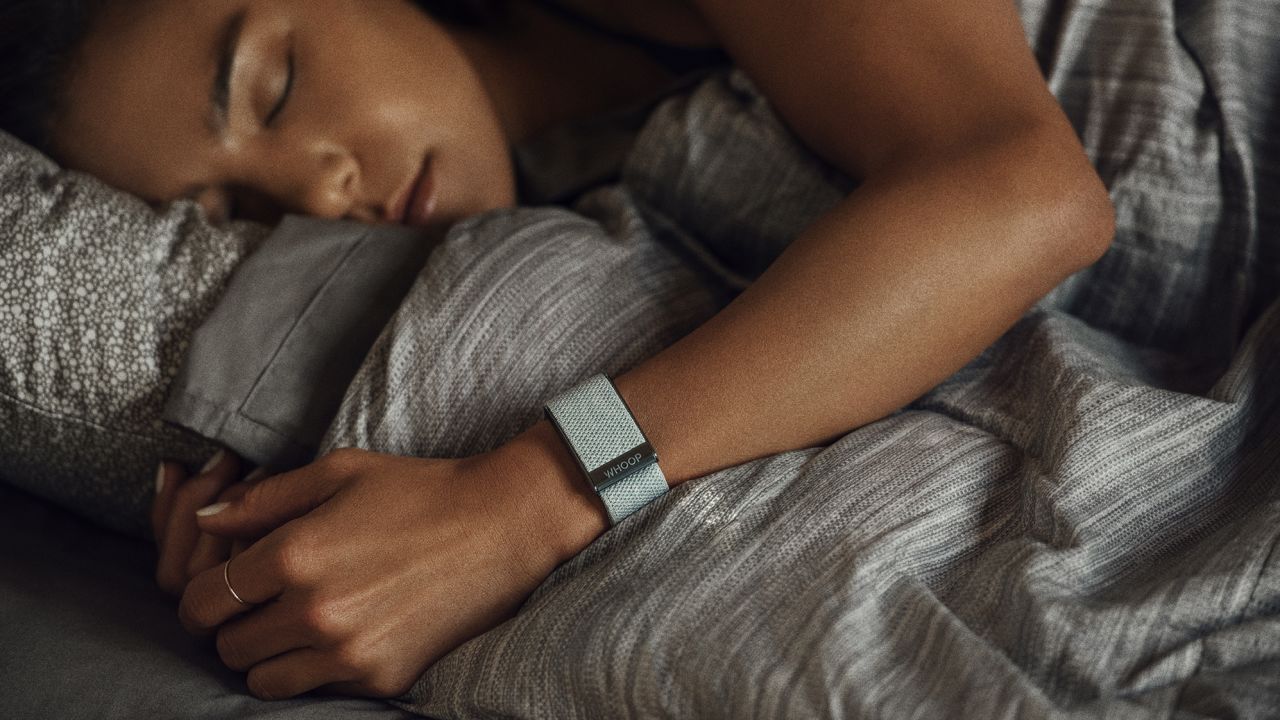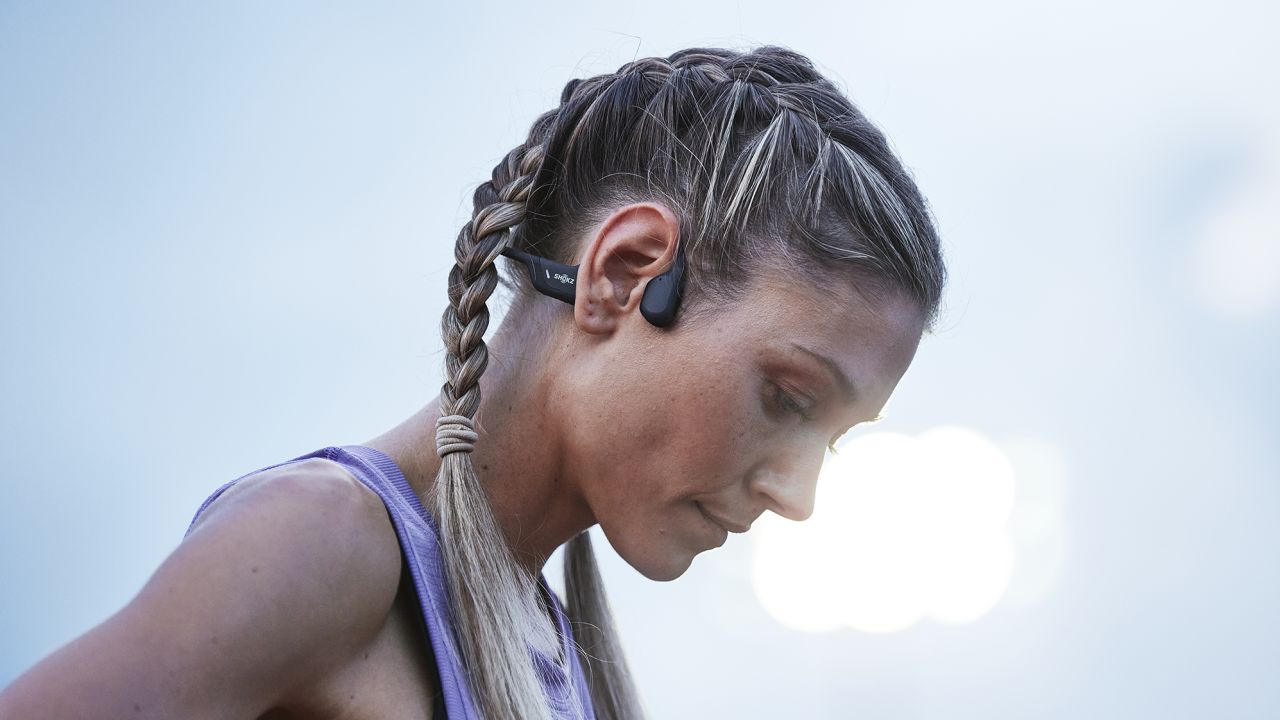Consumers are Grabbing These Odd Alternatives to Smartwatches Instead
The Oura is a wellness-tracking ring that was the subject of a Kickstarter campaign that started the same year Apple unveiled its smartwatch in 2015.
Seven years later, the Apple Watch continues to lead the wearables industry while other comparable products from Google and Samsung are also very popular. However, something noteworthy is happening: wearables like Oura, which appear and occasionally function very differently from more mainstream wearables, are regaining popularity.
According to CEO Tom Hale, sales of the $399 Oura ring have increased since the outbreak and have continued throughout the holiday season.
It can track tiny variations in body temperature and gives sleep-tracking data without requiring the wearer to have a smartwatch on before bed. It lacks a screen as well. The business stated earlier this year that it had been valued at $2.55 billion, and since then it has launched alliances with brands like Gucci and Strava.
The ring is one of a select number of alternative wearables that people are currently drawn to, along with a fitness band tracker without a screen and headphones that may be worn over the ear. Changes during the pandemic, when consumer interest in health monitoring skyrocketed, contributed to some of the demand.
To keep track of their steps, vital statistics, and other information, people started using activity trackers, smartwatches, and other gadgets. As long as they supplied correct data and were still comfortable, many were also open to experimenting with various form factors, a practice that is still prevalent today.
 |
| Oura rings |
Ramon Llamas, a research director at IDC Research, said, "The odd thing is that most of these gadgets have been available for a while but have progressively created a name for themselves in recent quarters." But word of mouth takes time to propagate.
The gadgets might also appeal to people who want the advantages of wearable trackers but don't always want to carry a screen or a device on their person.
Consider the WHOOP band, a 2015 release of a health tracker without a screen. It places a strong emphasis on recuperating after workouts, taking time to relax, training, and coaching. This year's Cyber Monday, according to founder and CEO Will Ahmed, was the company's biggest sales day ever.
Not so long ago, people would only wear a health monitor if anything was seriously wrong. People are now approaching their health in a much more proactive manner, he said. Even as the pandemic recedes, this trend has persisted.
The WHOOP is a subscription-based gadget that targets a more specialized demographic, similar to Oura. Including a two-year membership plan, it costs $480.
 |
| The WHOOP band |
The difficulty, according to Llamas, is that the majority of these products compete with industry leaders [like Apple and Samsung] for a single-digit market share. "For this reason, having a distinct market niche that you can practically serve exclusively is essential. Because they place such a strong emphasis on athlete relaxation and recovery—both of which are crucial for many athletes today—companies like WHOOP have found success.
Ahmed claimed that by incorporating new features for pregnancy, stress, and more thorough biometric monitoring, the product is changing to support the increased interest in health. WHOOP reported in August that it has secured $200 million in a fundraising round spearheaded by SoftBank Vision Fund 2, giving the business a $3.6 billion valuation.
Additionally, health-tracking technologies are always evolving and coming in new forms, some of which do not even need to be worn. Halo Rise, a non-wearable sleep-tracking device that rests on a nightstand and monitors breathing patterns while the user sleeps, was unveiled by Amazon in September. While this is going on, some businesses, like Withings, allow customers to tuck sensors under the mattress to track their sleeping patterns.
The demand for headphones, perhaps one of the first wearables, is also changing.
According to Steve Konig, head of the research division at the Consumer Electronics Association, bone conduction headphones, which have been around for as long as the Oura, are also "having a moment." Bone conduction headphones rest in front of the ear, leaving the ear canal exposed, as opposed to inside or on top of it. Instead of sending sound directly into the ear canal, they route it along the user's bones and jaw to the ears. In order to keep the headphones in place and reduce sound distortion, the headphones also have a comfortable strap that runs behind the upper part of the neck.
 |
| Bone conduction headphones by Shokz |
The uncovered ear also gives users the ability to hear sounds and their surroundings, which is important for safety when engaging in activities like biking or jogging. Additionally, there is less risk of it coming out of your ears than with earbuds.
Bone conduction headphones were invented by Shokz ($125), but the market has since grown and other companies are now providing comparable models. Similar open earbud designs, like those made by Sony and Bose, leave the ear canals totally exposed so that the wearer may hear external noise. However, some audiophiles claim that open earbuds and bone-conduction headphones don't have the best sound quality.
Because of the development of new technologies like noise cancellation technology, built-in wireless capabilities, and other things, Konig claimed that during the past ten years, audio innovation in general has increased dramatically. People now own multiple pairs of personal listening devices for various settings and purposes; some leave them at the workplace, while others choose to use larger, beefier models when flying. They also make wonderful Christmas gifts because they are quite inexpensive to purchase in the overall scheme of gift-giving.
Source: CNN
Post a Comment